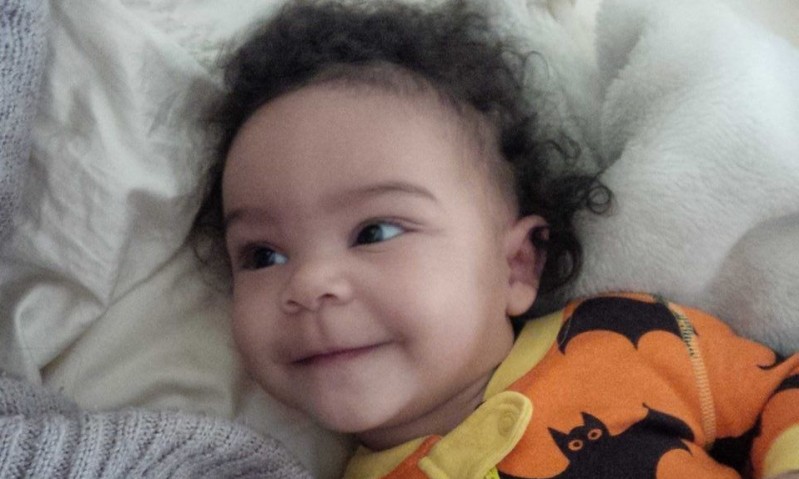
A routine is an activity you normally do with your child that tends to occur the same way every time. A routine has a theme (getting dressed, going to bed, etc.), predictable steps (pants on first, then shirt, etc.). It has clearly defined roles which can be swapped between you and your child. It’s not something that we set up or add to your normal day.
What Makes a Routine Special?
Routines let us practice communication over and over again in a natural setting with a child with delayed language, or any child. Children sometimes love to do the same things over and over again. Often adults have totally different approaches to repetition, it can seem really boring for us, while a child may be getting stability and confidence from an event they know well and understand. This means it’s often easier to learn something new within the context of an existing routine, because you’re working on a single language skill. Those skills can be:
- Joint attention (both of you focusing on the next spoonful of food)
- Reciprocal interaction (you hide, your child looks for you)
- Intentional communication (you hide, your child squeals delightedly)
- Understanding (you say ‘hide’ and your child gets ready to play the game)
- Vocabulary (your child says ‘peepee!’ to start the peekaboo game)
- Early word combinations (your child says ‘more peeboo!’ to show you they want more)
How do you use your routines?
Identify
Think about what you do with your child now. Bed time, breakfast, getting in the car, there are dozens of things you do every day that will make for useful routines. It sometimes helps to divide them up into
- Daily Routines (bed, bath, dressing)
- People Game Routines (peekaboo, tag)
- Your own Routines (open up for the food airplane, nudie rudie run to the bath)
Participation
Who’s doing what in your routine? How is your child participating? Are they waiting for you? Are turns being taken? What’s the best part of the routine for the child (the high point)? We want something that has a high point (finished nappy, now you can get down).
Our Role
We help you to learn and practice the skills to reverse your roles in the routine, instead of your child waiting for you to initiate the next step, you begin waiting for them. Then we get your child to initiate the next step and begin modelling the language we want to see. At this point, you know what to do, because it’s your routine, you know it well and you do it every day. Thanks to the power of home visits, we’re there with you in your environment. We show you how to tweak what you’re already doing to get even better results.
All our speechies are Hanen trained so this week, think of a routine and talk to your therapist about how you can use it to make things better.
